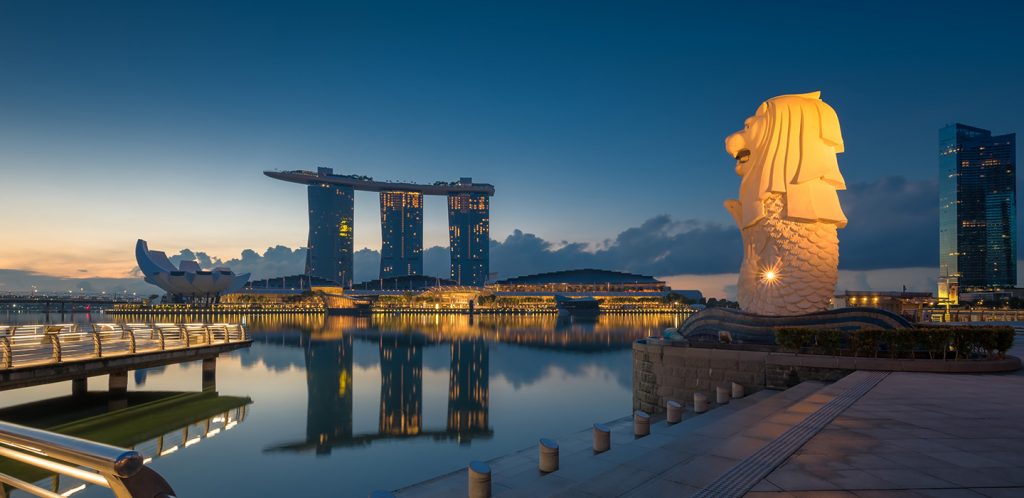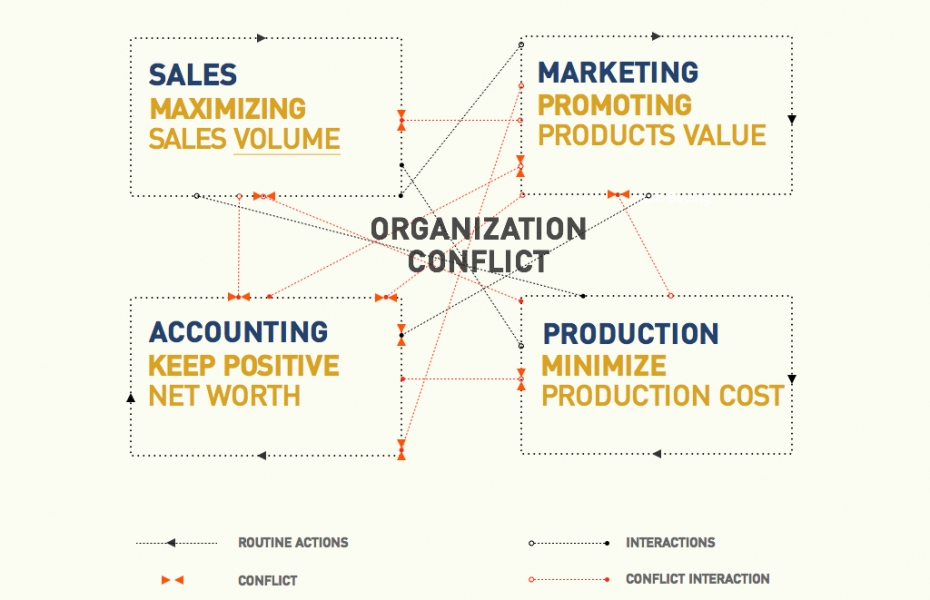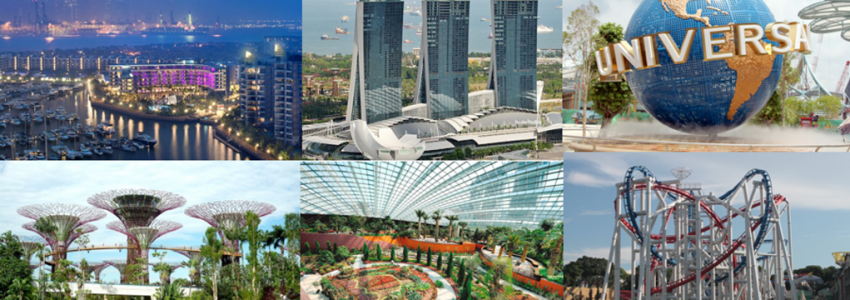SINGAPORE STRATEGY OF SUCCESS

BY DR. TANAI CHARINSARN
MAY 7, 2016
STRATEGIC THINKING
While every department in a company aims to maximize the company's profitability, if we observe the workings of each business unit, we will find that within each organizational unit, there are differing and often conflicting perspectives and goals among team members.

Organization conflict, how to align all departmental goals successfully.
For example, the sales department focuses on how to maximize the company's sales of products or services. The marketing department looks at the marketing budget for advertising and public relations to make customers aware of and trust the products or services as much as possible. The production department focuses on how to minimize production costs in terms of time, manpower, and capital. The accounting department prioritizes financial efficiency.
The conflicting perspectives and goals within each of these departments make it challenging for the organization to move forward. In reality, the outcome of negotiations often depends on who has the reason or more power in different situations.
So, which way should the organization go?
If the organization decides to come to a consensus on the already laid out strategy, all departments must move forward together. Thinking holistically is crucial. The organization needs to have a big picture and ask itself what it wants to become.
In this context, let's take Singapore as an example. Singapore has achieved economic and social progress and has been successful in developing the country. This is an example of a holistic, multidisciplinary, and highly competitive strategic thinking approach.

Singapore is a country with limited natural resources, primarily relying on its population. Unlike our home country, Singapore doesn't have special tourist destinations. So, how does Singapore achieve sustainable growth?
The strategy that Singapore has chosen is to create an experience for people who visit their country. They aim to make visitors feel good and impressed with everything and, at the same time, generate revenue. One limitation they face is their small island size, which makes traveling around the island relatively quick. The challenge for the Singaporean government is to ensure that people who visit, whether for business conferences, tourism, or other purposes, find it highly worthwhile to stay in the country for an extended period.
They drive growth through the formula:
Revenue = Number of Visitors (VISIT) x Number of Days x Spending per person x Frequency of Visits
Singapore attempts to become a hub for businesses to attract more visitors and ensure they connect within the country. For example, they host conferences and establish themselves as the base for global businesses like Google.com. Additionally, Singapore continually adds new tourist attractions, beyond well-known destinations like Sentosa, including Gardens by the Bay, Night Safari, Marina Bay Sands, and the most recent addition, Universal Studios. Their strategy emphasizes regular and frequent visitor arrivals by continually creating new tourist sites over the past ten years.
But how do you impress people right from the airport and make them spend more?
Singapore starts by ensuring a great passenger experience from the very beginning, at the airport. The airport experience must be top-notch in every aspect. They achieve this by taking a holistic view and connecting everything to maximize benefits. As soon as the airport gates open, passengers feel the comfort of the air conditioning throughout the walkway. Welcoming passengers before boarding ensures they have a positive experience. These aspects may seem minor, but it's clear that only a few airports create this feeling for passengers.
Regarding immigration, Singapore ensures short lines for entry. Efficient management and technology allow passengers to breeze through. They don't require passengers to take photos or fingerprint scans, speeding up the process and giving visitors more time in the country.
Security check procedures are optimized. Special glass windows are used to allow staff to check passengers for potential issues and baggage inspection carousels start running as soon as the first passengers arrive. Time limits are set for the first bag to be offloaded to reduce passenger wait times.
Singapore also provides round-the-clock taxi services through an agreement with taxi companies, allowing passengers to easily pay for their rides. The key exchange is that taxi companies must be ready to provide taxis at all times. This facilitates faster spending by passengers and creates a positive impression.
Everyone must make sacrifices to improve the overall experience. The Singaporean government plays a significant role in smoothly implementing this strategy. All departments must collaborate and contribute to Singapore's success and competitive advantage. Even if some departments have higher costs, it's a worthwhile trade-off for a well-thought-out, shared strategy. Leadership is crucial for coordination. Finally, Singapore's recognition as a top airline globally shows the results of their strategic thinking from various perspectives to achieve the country's development successfully.
